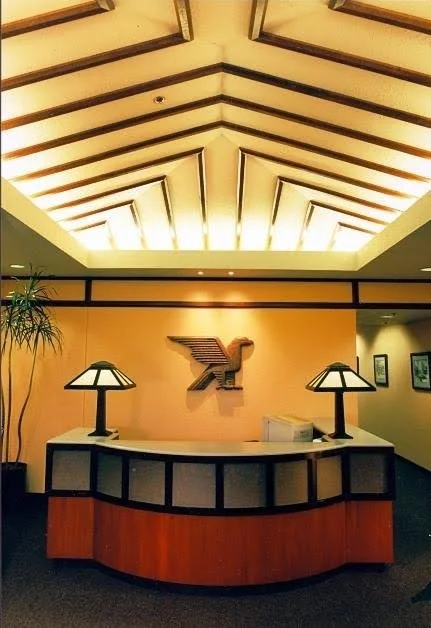Designers, Decorators, Merchandizers and Stagers!
All professional services in a specific venue have areas where the skills, talents and qualifications touch the edges of each other, and sometimes overlap. There are also many grey areas of substantial misperception and misinterpretation.
What is important is that the consumer – you, the client – understands the differences, the strengths, limitations and qualifications of each of the categories of help you are seeking.
In recent years a new sub-category serving the real estate sales industry has developed. When a property (residential or commercial) is prepared for sale, the seller often engages a “Stager” to furnish and embellish the environment. The goal is to provide added interest and “incentive” by showing the environment as it might appear in future actual use. The level of sophistication varies.
A Stager may be an individual only specializing in the skill of quickly presenting environments with immediate sale in mind. Because the presentation has a temporary function, the Stager need not be greatly concerned with the long-range durability or functionality of that temporary installation. They are primarily selling the structure, not the appointments. The goal is an appealing presentation that assists the seller. A Stager is not necessarily also an Interior Decorator or a Certified Interior Designer. Staging is often perceived as a logical component of interior decorating because of somewhat similar talents and skills.
The services of a professional Interior Decorator generally include access to the materials, furnishings, accessories and components desirable for skillfully enhancing existing, fully designed environments. Interior decorating is often a service component offered by retail furniture companies with the purchase of their product lines. In that context the interior decorator may assist a homeowner, for instance, with furnishings and the accessories that complement them.
Merchandizing, is a sub-specialty, and is a skill and talent closely connected to knowledge of sales, markets, trends and product demands. Merchandizers often work closely with Designers or Architects in order to coordinate special merchandizing needs for the products in question.
A Certified Interior Designer has completed and mastered in-depth examinations, which illustrate their education, experience and knowledge of the interior design profession. Certification is driven by the design industry, as directed by the California Business and Professions Code. A certified interior designer is trained to present complete technical plans for interface with licensed engineers and architects. The Certified Interior Designer may participate fully in projects from ground breaking through grand opening; or, may enter a project at any other juncture.
Certification is assurance to the client, Local Building Inspectors, General Contractor, Architects and other sub-specialists that the Certified Interior Designer’s expertise extends to include comprehension, insights and experience regarding all relevant procedures, documents, regulations, etc., pertinent to the project.
A full service Certified Interior Designers ordinarily offers additional service divisions such as staging, interior decorating, merchandizing and relevant space planning.
It is important to investigate the scope of capability offered by designers and design firms in order to be sure that the resource you consider contracting is appropriate for your project. You will want to be confident that the services fit your project needs and scope.
Photo Contributed by Robert Boccabella
Specialties, expertise and qualifications vary in the interior design field. Be sure you are contracting the appropriate services for your project!
© 2014 Robert A. Boccabella, B.F.A., Certified Interior Designer
www.BusinessDesignServices.com
Collaboration & Writing: Ms. Zoe Tummillo
WritingService@earthlink.net
